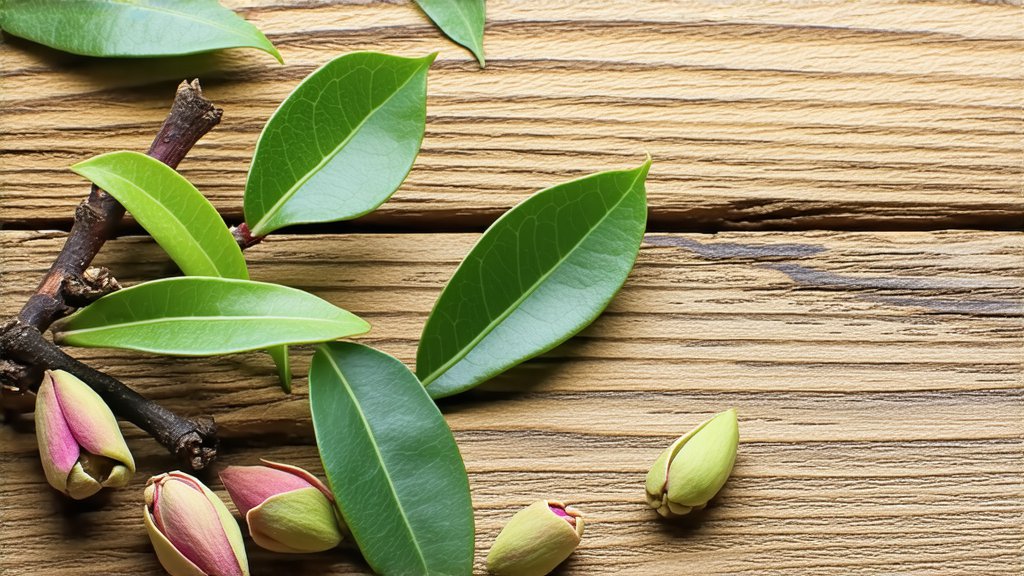
Bai Mu Dan, often translated as "White Peony," is a delicate and highly prized variety within the realm of Chinese white teas. This article aims to provide an in-depth exploration of Bai Mu Dan, from its historical roots to its unique processing methods, and how to appreciate its subtle flavors and aromas.
History and Origins
The history of Bai Mu Dan is deeply intertwined with the broader tradition of white tea production in China. While the exact origins are shrouded in the mists of time, it is believed that Bai Mu Dan has been cultivated for centuries, with records dating back to the Ming Dynasty. The tea is primarily grown in the Fujian province, known for its fertile soil and misty mountain climate, which are ideal for nurturing the delicate tea plants.
Types and Varieties
Bai Mu Dan is categorized based on the采摘标准 of the leaves and buds. The most common types include:
- One Bud and One Leaf: This is the highest grade, where each tea is carefully selected to include a single bud and one leaf. The bud is usually covered with fine white hairs, giving it a silvery appearance.
- One Bud and Two Leaves: This grade is slightly lower, with a bud accompanied by two leaves. The leaves are often more mature, showing more green than the top grade.
- One Bud and Three Leaves: This is the most common grade, with a bud and three leaves. It offers a robust flavor profile compared to the higher grades.
Processing Techniques
The processing of Bai Mu Dan is a testament to the minimalist approach in Chinese tea production. The steps are as follows:
- Picking: The leaves and buds are handpicked in the early morning when the dew is still on the plants, ensuring the freshest and most tender material.
- Withering: The picked leaves are spread out in the sun or in a well-ventilated area to naturally wither. This process reduces the water content and initiates the oxidation process.
- Drying: After withering, the leaves are gently dried, either in the sun or using a traditional charcoal-fired oven. This step removes any remaining moisture and halts the oxidation, preserving the tea's natural flavors.
Appreciation and Tasting Method
To fully appreciate the nuances of Bai Mu Dan, one must follow a proper tasting method:
- Preparation: Use a porcelain or glass teapot to allow the true color of the tea to be observed. The water should be near boiling, around 90°C to 95°C.
- Rinsing: Pour a small amount of hot water over the tea leaves to rinse them, then discard this water.
- Brewing: Pour the hot water over the rinsed leaves and let it steep for 2-3 minutes. The first infusion is often the lightest, revealing the tea's delicate aroma.
- Infusions: Subsequent infusions can be steeped for longer periods, gradually increasing the steeping time to extract more flavors from the leaves.
- Tasting: The tea should be sipped slowly to appreciate its light, sweet, and slightly floral taste. The aftertaste is often described as "cooling," a characteristic of high-quality white teas.
Health Benefits
Bai Mu Dan is known for its health benefits, which are attributed to its high antioxidant content. It is rich in polyphenols and catechins, which have been linked to various health benefits, including:
- Antioxidant Properties: Helps to neutralize free radicals and reduce oxidative stress.
- Immune System Support: May boost the immune system and help fight off infections.
- Digestive Health: Can aid in digestion and reduce symptoms of indigestion.
Cultural Significance
In Chinese tea culture, Bai Mu Dan is often associated with tranquility and harmony. It is a tea that is enjoyed for its ability to calm the mind and promote a sense of well-being. The ritual of preparing and drinking Bai Mu Dan is a moment of reflection and connection with nature, a practice that has been cherished for generations.
Conclusion
Bai Mu Dan is more than just a beverage; it is a reflection of China's rich tea culture and a testament to the art of tea making. Its subtle flavors, delicate processing, and health benefits make it a favorite among tea connoisseurs worldwide. Whether you are a seasoned tea drinker or new to the world of white teas, Bai Mu Dan offers a unique and rewarding experience that is sure to captivate the senses.